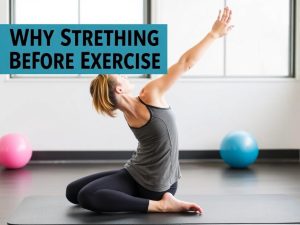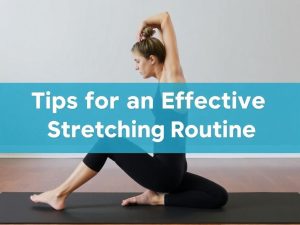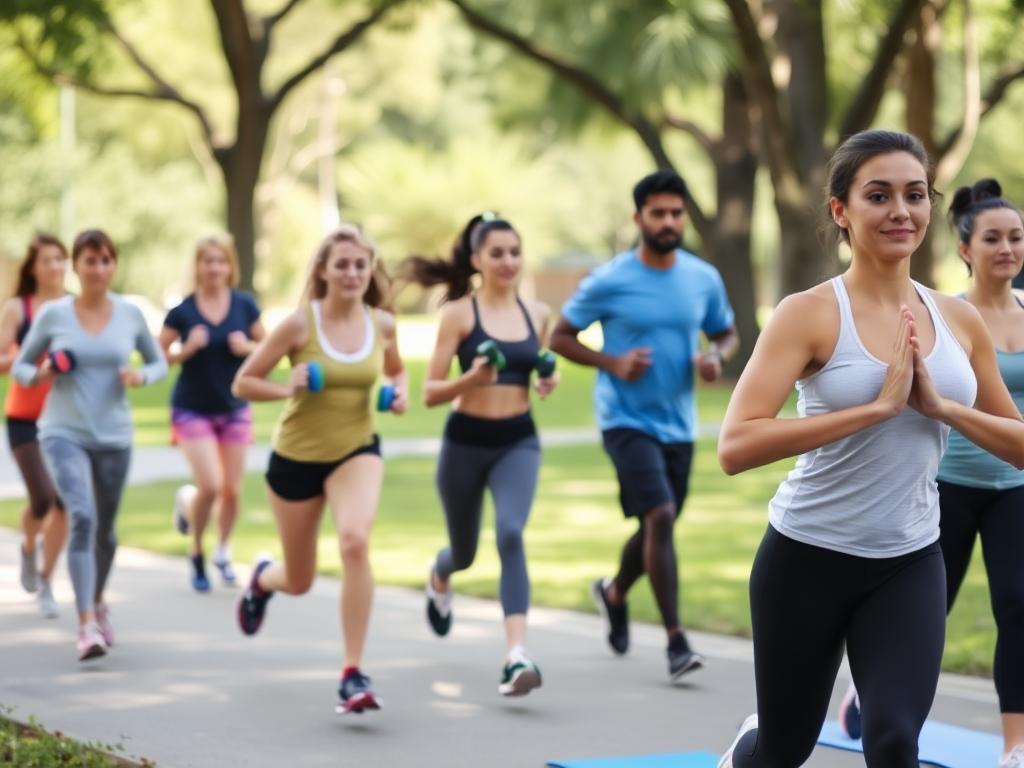The Importance of Stretching Before and After Exercise

Whether you’re a seasoned athlete or a casual gym-goer, stretching plays a vital role in maintaining your overall fitness and health. It’s an often-overlooked component of exercise that can significantly enhance performance, prevent injuries, and aid in recovery. Let’s explore why stretching before and after exercise is crucial and how to do it effectively.
Why Stretching Before Exercise is Important

- Prepares Your Body for Movement
Stretching warms up your muscles, making them more pliable and ready for the demands of your workout. It increases blood flow to your muscles, reducing stiffness and enhancing your range of motion. - Reduces Risk of Injury
Dynamic stretching, which involves movement, helps activate the muscles you’ll use during your workout. This prepares your body for sudden movements, minimizing the chances of strains and sprains. - Improves Performance
Stretching can boost your athletic performance by increasing flexibility and improving your coordination. It helps you move more efficiently, which can lead to better results during your workout.
Why Stretching After Exercise is Essential

- Aids in Recovery
Post-workout stretching helps reduce muscle soreness by promoting better circulation. This allows nutrients to reach your muscles more effectively, speeding up recovery. - Restores Muscle Length
During exercise, muscles contract and can become tight. Stretching helps lengthen them back to their natural state, improving flexibility and reducing stiffness. - Promotes Relaxation
Stretching after a workout can have a calming effect on the body. It signals the end of a high-energy activity, helping to lower your heart rate and relieve stress.
Types of Stretching for Optimal Results

- Dynamic Stretching (Before Exercise)
- Examples: Leg swings, arm circles, walking lunges
- Benefits: Improves range of motion and warms up muscles dynamically.
- Static Stretching (After Exercise)
- Examples: Hamstring stretches, quad stretches, butterfly stretches
- Benefits: Relieves muscle tension and promotes flexibility.
Tips for an Effective Stretching Routine

- Warm-Up First: Avoid stretching cold muscles. Perform light aerobic activity, like jogging or jumping jacks, to get your blood flowing.
- Hold Each Stretch: When doing static stretches, hold each pose for 20–30 seconds to allow the muscles to relax and lengthen.
- Breathe Deeply: Proper breathing enhances relaxation and improves oxygen flow to your muscles.
- Don’t Overstretch: Stretch to the point of mild discomfort, not pain, to avoid injury.
- Be Consistent: Incorporate stretching into every workout for the best results.
The Long-Term Benefits of Stretching

Incorporating regular stretching into your fitness routine offers long-term benefits, including improved posture, enhanced flexibility, reduced risk of chronic pain, and better overall mobility. It’s a small time investment that pays off in significant ways.
Conclusion
Stretching before and after exercise is more than just an add-on—it’s an essential part of a well-rounded fitness routine. By warming up your muscles beforehand and cooling them down afterward, you can optimize your workout, prevent injuries, and promote recovery. Start making stretching a habit today, and enjoy the numerous benefits it brings to your physical and mental well-being.


